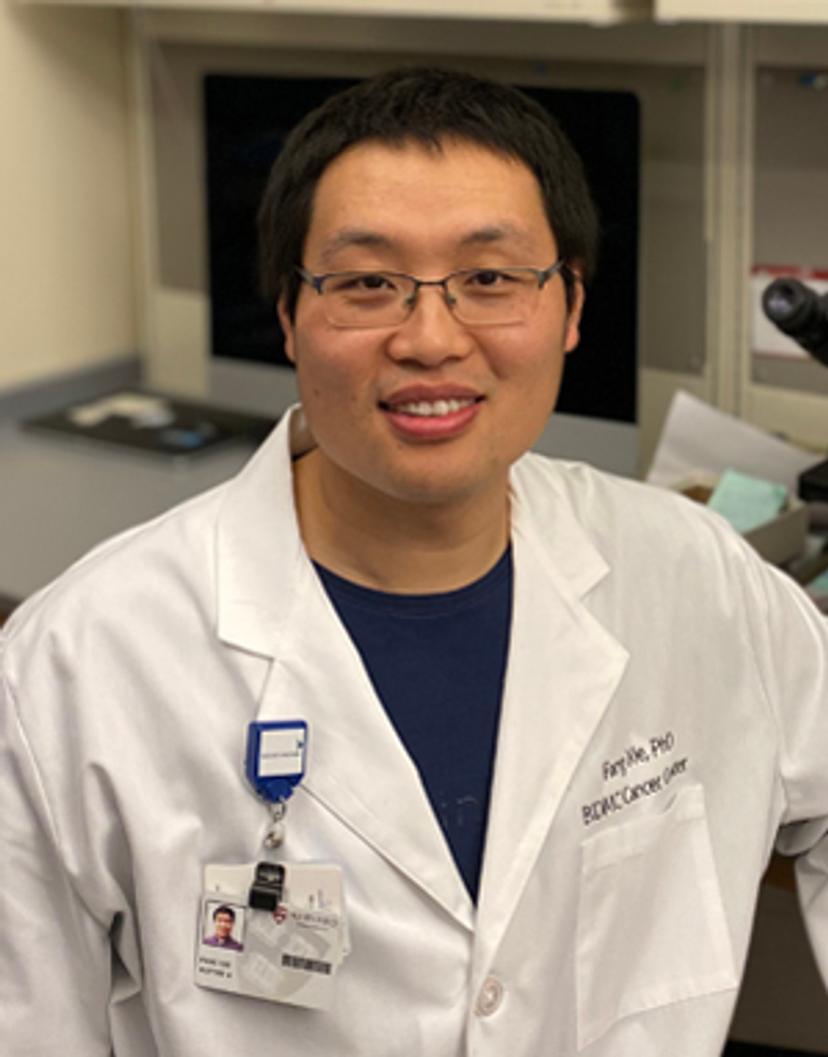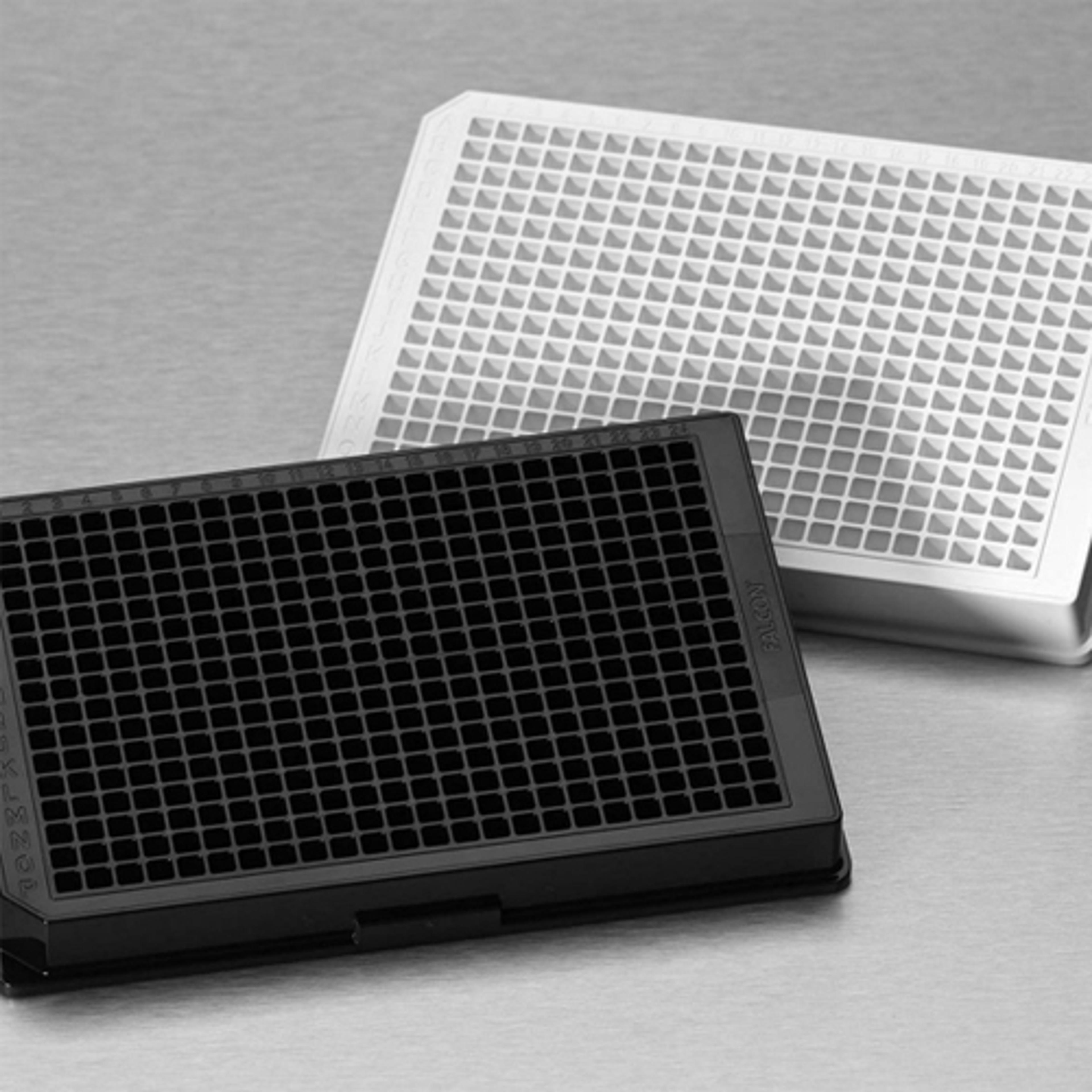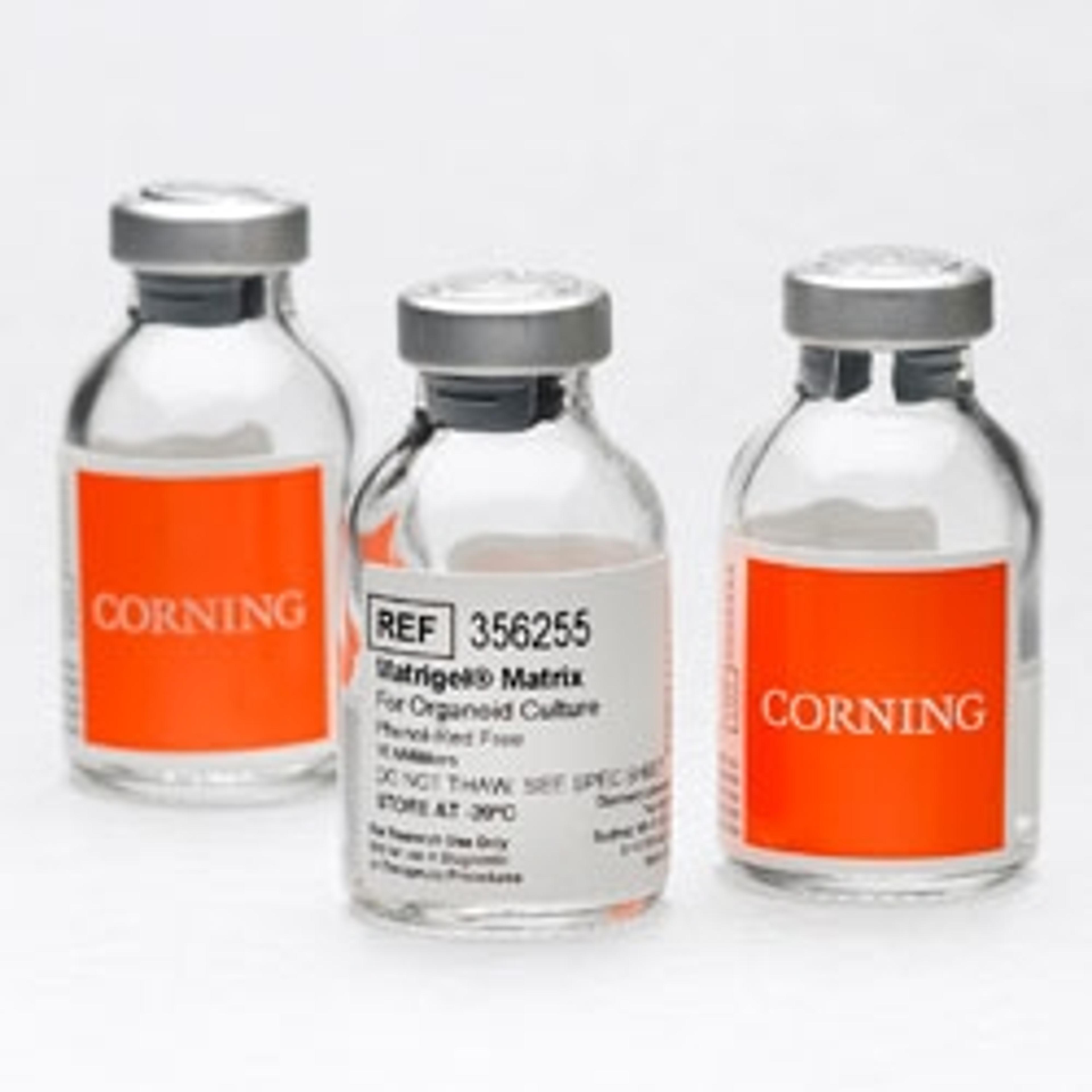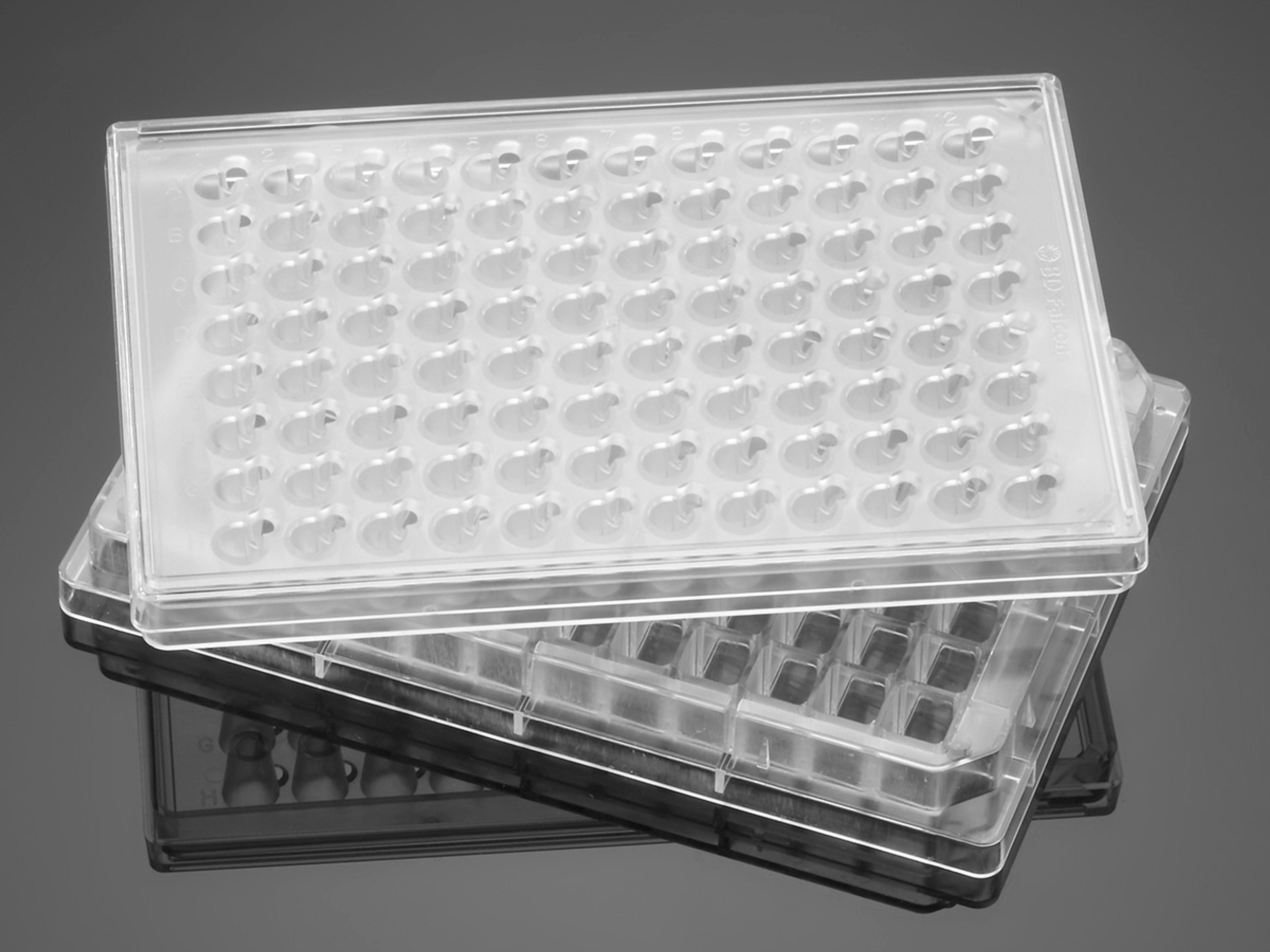Harvard researcher tackles the big question in cancer research: Drug resistance
Dr. Fang Xie shares insights from his research into prostate cancer and offers hope of overcoming the growing problem of chemotherapy resistance to improve patient outcomes
14 Jun 2020
In this exclusive interview, we speak with Dr. Fang Xie, research fellow at Harvard Medical School’s Beth Israel Deaconess Medical Center, to find out more about his work investigating prostate cancer therapeutics, notably chemotherapy. Prostate cancer is the second leading cause of cancer-related deaths in the U.S. and is frequently treated by taxane-based chemotherapy. Xie and his team are exploring taxane resistance, and how enhancing drug target engagement may help overcome this resistance and ultimately save lives. Xie also reveals how organoids, 3D cell culture, and Corning® Matrigel® matrix-3D plates help the team achieve its goals.

A question of resistance
There are multiple therapeutics available for prostate cancer, with the choice of treatment dependent on the individual circumstances of each patient. “Overall, there are two major therapeutic approaches we use to treat prostate cancer, one being endocrine therapy and the other being chemotherapy,’’ states Xie. “In most cases, patients initially begin their treatment with endocrine therapy, a stage where drug resistance often occurs. Another step, and often the last step, is to start chemotherapy, typically taxane-based therapy,’’ explains Xie.
Taxane chemotherapy is used to treat metastatic prostate cancer, cancer that continues to spread despite endocrine therapy. “Taxane chemotherapy includes docetaxel, paclitaxel, or cabazitaxel, and even though many of these treatments are effective, the cancerous cells inevitably become resistant to taxane, causing the cancer to persist and return,’’ says Xie.
Taxanes are chemotherapeutic agents that specifically target the β-tubulin subunit of microtubules. The microtubules are part of the cytoskeleton of a cell, functioning in many essential cellular processes. “Once taxane is operating within the body, the drug will bind to the β-tubulin of the prostate cancer cells, eventually leading to cell mitosis arrest or apoptosis,’’ explains Xie. “Surprisingly, we have found that by using patient tumor biopsies, we were able to see that taxane-tubulin engagement did not work effectively in those patients that gained taxane resistance. We also observed the same phenomenon in the patient-derived tumor xenograft mouse model, which gained taxane resistance. This taxane-tubulin engagement is measured by microtubule bundling, which we were able to visually identify underneath the microscope.”
Xie notes that in cases of resistance, the occurrence of microtubule bundling was much less apparent or failed to show at all, causing the microtubule structure to remain intact and therefore the cancer cells became taxane resistant. “It is likely that taxane resistance is mediated by drug-target engagement. In our study collaborated with Cornell University, we used microtubule bundling to define this drug-target engagement,” explains Xie.
Facing the challenges
Acquired resistance has caused the therapeutic effectiveness of taxane to become limited. Although there have been many theories about what leads to this resistance, the phenomenon remains largely beyond our understanding. Current data is largely in relation to traditional 2D cell lines — an issue that Xie and his team are working to address. “The majority of 2D models fail to correlate with real clinical patient outcomes, since 2D models do not mimic in vivo situations effectively,” says Xie. A thirst for greater understanding of the mechanisms responsible for taxane resistance motivated Xie to explore organoids, with 3D cell culture a favored method for the team. “3D cell culture can mimic the in vivo environment, can be easily manipulated in the lab, and ensures that cells remain physiological features,” says Xie, who also found that 2D and 3D cell cultures exhibit different responses throughout taxane treatment. “When treating 2D cell cultures with taxane, we found that the cells were sensitive to the drug and mostly arrested in mitosis, leading to apoptosis. However, when employing 3D cell cultures, cell growth was notably slower and becoming more resistant to taxane. This suggested that the cells within the organoid are partaking in a slow cell cycle, such as interphase, and as a result, taxane was not able to induce mitotic arrest and kill cancer cells efficiently like in 2D,” Xie explains. “This situation is similar to what is seen in vivo.”
3D models offer hope
Xie and his team have found that since many tumors are slow growing, 3D models and organoids are suitable methods to employ by mimicking the real-life situation of a cancer patient and thus allowing them to deploy and employ drug screening. Nevertheless, as in all laboratory practices, there remain challenges to overcome: “Organoids can be very challenging to work with, especially when aiming to achieve organoid generation from patient biopsy,” says Xie. “Therefore, we have now explored another strategy to grow prostate cancer organoids from patient-derived xenograft tumors in mice. We have achieved this by transplanting a tumor biopsy taken from a patient and inserting this into a mouse model. Once the patient tumors have been developed in mice, we harvested them and put isolated tumor cells into the organoid culture. Our goal now is to keep these organoids stable and pass them into the next generation of cell culture.”
Key to Xie’s research are the Matrigel matrix-3D plates from Corning Life Sciences: “We did a comparison using the Matrigel matrix-3D plates from Corning with two other gels. We found that the Matrigel matrix was ideal for our research and worked much more effectively than the other gels by mimicking the in vivo environment. This is because the Matrigel matrix came alongside many other components, including growth factors.” As a result, the Matrigel matrix has become a regular choice in the lab. “What is really great about the Matrigel matrix is that there are many options available, from high-protein Matrigel to growth-factor-reduced Matrigel,” says Xie. “We used the high-protein gel to transplant xenograft tumors into mice and the reduced growth-factor gel to culture our organoids.’’
Future outlooks
Looking ahead, Xie reiterates the importance of further research to better understand the mechanisms behind in vivo taxane resistance. To tackle this challenge, Xie and his team continue to use organoid models to achieve high-throughput screening of the FDA approved drugs combined with taxane and look for potential combinatorial therapies that could enhance drug-target engagement and taxane’s efficacy. Further research focusing on molecular mechanisms will be necessary, concludes Xie, and this work has the potential to save many lives.



